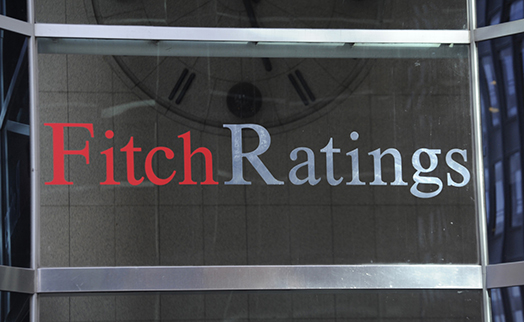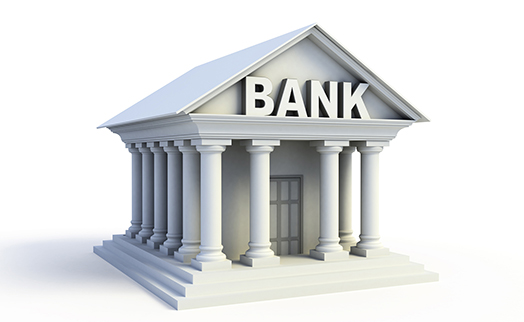YEREVAN, July 4. /ARKA/. Banks in Armenia are better positioned to meet challenges as capital levels have been boosted to comply with new regulations, Fitch Ratings said at its annual conference on Armenia in Yerevan today. The higher capital buffers should help to support credit growth and provide resilience against potential pressures on asset quality.
The sector’s capital adequacy ratio increased to 20% at end-1Q17 from 16.2% at end-2015 as lenders reacted to the introduction of a new capital floor on 1 January. (The minimum required ratio remains unchanged at 12%.)
The capital floor was raised to AMD30 billion (about USD60 million) from AMD5 billion. This mostly affected small and mid-sized banks, triggering some mergers and acquisitions. The number of commercial banks operating in Armenia fell to 17 at end-1Q17 from 21 at end-2015 and we expect more consolidation, given modest returns on equity. The sector’s net interest margin hit a record low of 4.3% in 2016, pressured by intense competition and limited credit growth.
An improvement in profitability will largely depend on asset quality trends and banks’ ability to grow. Credit growth picked up in 2016, reaching 15% compared to a 4% contraction in 2015. However, this was fuelled by two banks that expanded rapidly through cash-backed transactions, particularly in 4Q16. We expect new lending will be moderate in 2017, with credit demand yet to recover in line with macroeconomic trends. The economy recovered strongly in 1Q17 and Fitch projects 3.4% GDP growth in 2017. Growth could accelerate further in 2018-19 but medium-term growth will depend on progress in improving the investment climate, as total investment is low at 18.4% of GDP.
The ratio of non-performing loans (NPLs) to gross loans improved to 6.8% at end-1Q17 from 9.7% at end-3Q16, reflecting the rapid lending growth in 4Q16 and balance sheet clean-ups prior to M&A deals. But loan impairment charges still amounted to a sizeable 68% of pre-impairment profits in 1Q17. Unreserved NPLs were a moderate 17% of capital at end-2016. We believe asset quality trends will be driven by the performance of the economy.
Dollarisation has reduced, driven by the stabilisation of the exchange rate and helped by regulatory measures. But foreign-currency lending is still high (62% of total lending at end-1Q17), posing significant risks to asset quality metrics given the low proportion of naturally hedged borrowers. Foreign-currency lending is lower (36%) in the retail segment as most consumer finance loans are issued in local currency.
Sector liquidity is good, partly due to high obligatory reserve requirements. At end-April 2017, the system’s liquidity cushion covered 165% of demand deposits. The funding structure is broadly stable, with customer deposits accounting for about half of the sector’s liabilities at end-1Q17. Most of these are retail deposits, which have proven to be relatively stable through the credit cycle.
We rate three banks in Armenia: Ameriabank, Ardshinbank and ACBA-Credit Agricole, all at ‘B+’/Stable. The ratings reflect the banks’ solid domestic franchises and adequate financial profiles, but also the high dollarisation rates on both sides of their balance sheets, and exposure to the Armenian operating environment. The banks could be downgraded if there is a marked weakening in asset quality, resulting in lower earnings and capital pressures, without sufficient support being provided by shareholders.
Improvements in the economy and the banks’ financial metrics would be positive for their credit profiles. But upgrades are unlikely without an upgrade of the sovereign. We affirmed Armenia’s ‘B+’/Stable sovereign rating on 30 June. -0-








